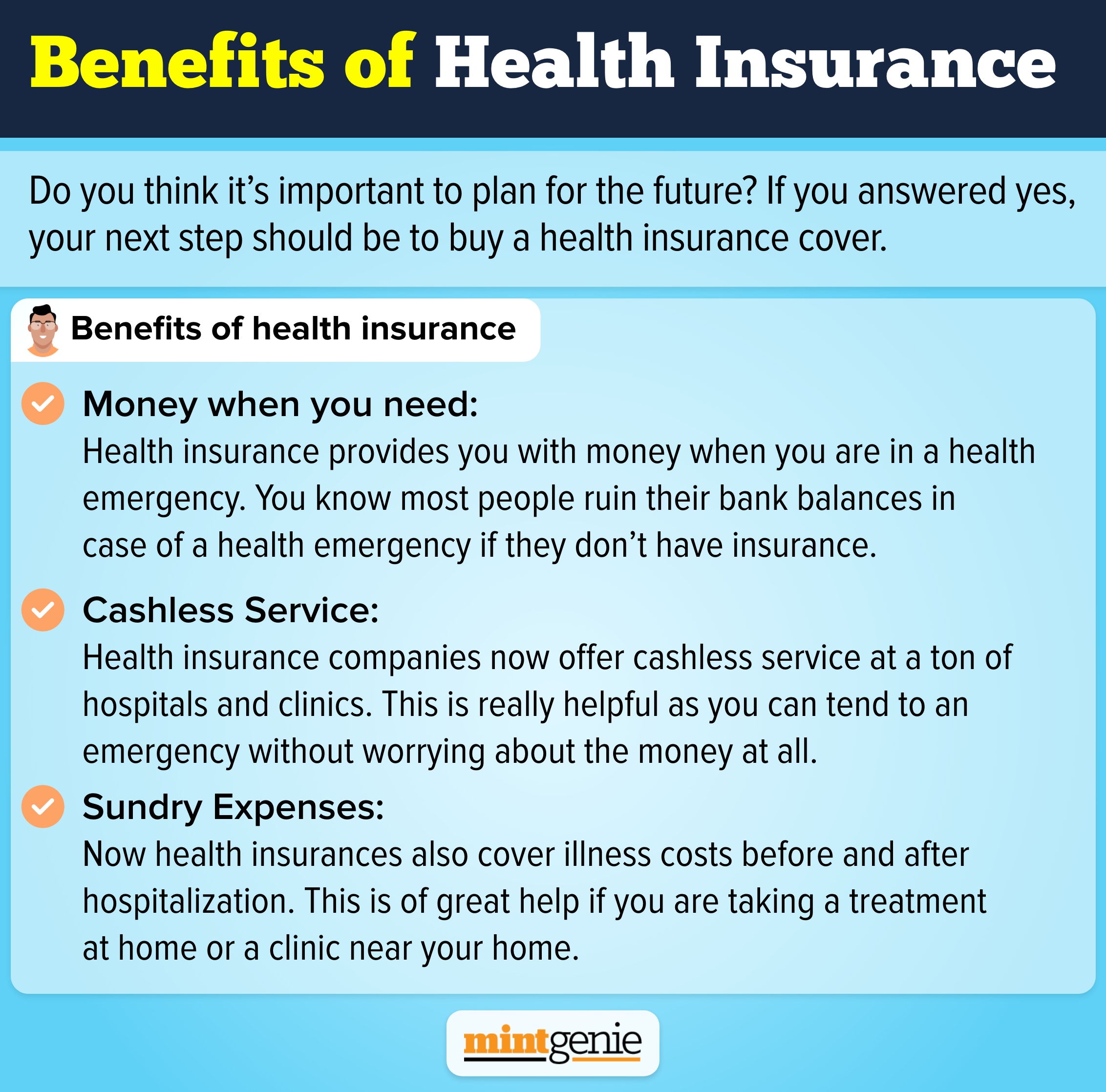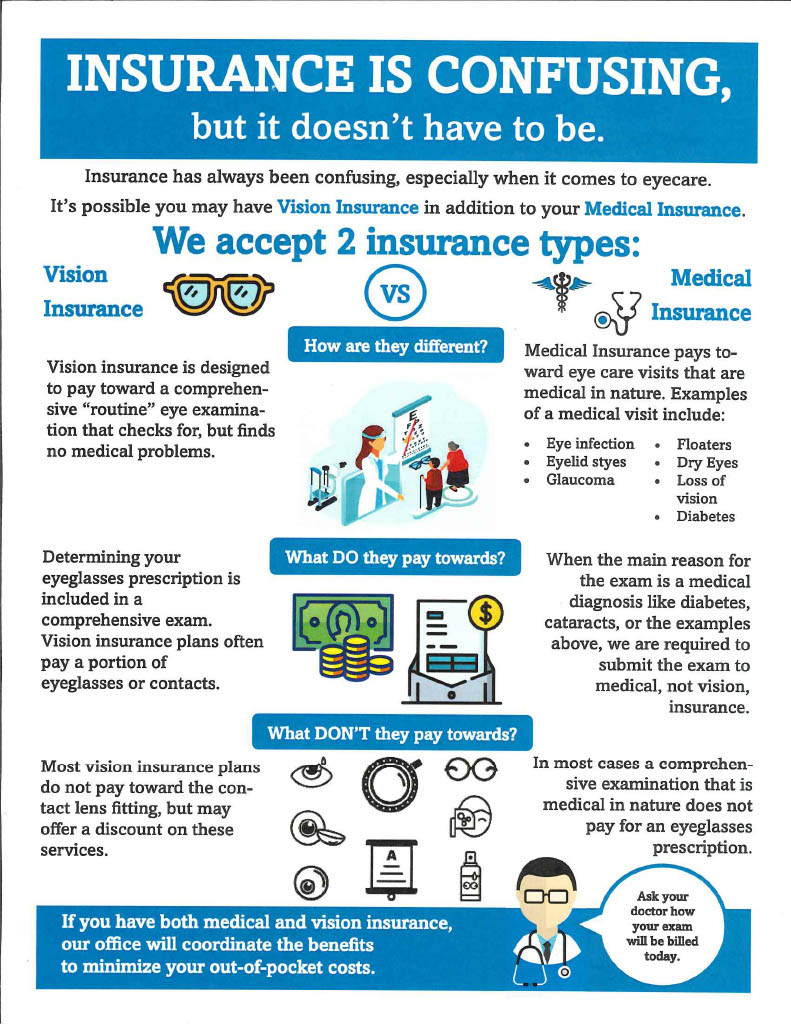Some Ideas on Medicare Advantage Agent You Should Know
Table of ContentsAn Unbiased View of Medicare Advantage AgentThe Of Medicare Advantage AgentThe Single Strategy To Use For Medicare Advantage Agent

adheres to from puzzling the relatively young age account of the uninsured with the far better wellness, generally, of younger individuals. This obscures the web link between health and wellness status and medical insurance. For those without accessibility to work environment medical insurance, poor wellness is a prospective obstacle to buying nongroup coverage due to the fact that such coverage might be extremely priced, exclude pre-existing conditions, or be simply unavailable. The variety of without insurance Americans is not especially big and has actually not altered over the last few years. Seven out of ten participants in a nationally representative survey believed that fewer Americans lacked health insurance coverage than in fact do(Fronstin, 1998). Approximately fifty percent(47 percent )thought that the number of people without medical insurance reduced or continued to be constant over the latter half of the last decade(Blendon et al., 1999). This decrease of nearly 2 million in the variety of people 'without insurance (a decrease
of around 4 percent)is absolutely a favorable adjustment. With a softer economy in 2000 the current reported gains in insurance policy protection might not proceed(Fronstin, 2001 ). The decrease in the variety of uninsured will certainly not proceed if the economy remains sluggish and healthcare prices remain to outpace inflation. This is since the data were gathered for a period of strong financial efficiency. Of the approximated 42 million people who were without insurance, just about regarding 420,000(regarding 1 percent)were under 65 years of age, the age at which most Americans end up being eligible for Medicare; 32 million were adults between ages 18 and 65, around 19 percent of all grownups in this age team; and 10 million were kids under 18 years of age, about 13.9 percent of all children (Mills, 2000). These estimates of the variety of individuals without insurance are produced from the annual March Supplement to the Current Population Study (CPS), carried out by the Census Bureau. Unless otherwise noted, national estimates of people without health insurance coverage and proportions of the population with different type of insurance coverage are based upon the CPS, one of the most commonly used source of estimates of insurance coverage and uninsurance prices. These studies and the quotes they generate are defined briefly in Table B. 1 in Appendix B - Medicare Advantage Agent. These studies differ in size and tasting techniques, the questions that are asked about insurance policy
Some Known Factual Statements About Medicare Advantage Agent
insurance coverage, and the time period over which insurance policy coverage or uninsurance is determined(Lewis et al., 1998, Fronstin, 2000a ). Still, the CPS is especially beneficial because it creates yearly quotes relatively swiftly, reporting the previous year's insurance protection estimates each September, and because it is the basis for a regular set of estimates for even more than twenty years, permitting analysis of patterns in protection over time.

Not known Facts About Medicare Advantage Agent
Over a three-year period starting early in 1993, 72 million people, 29 percent of the U.S. populace, lacked coverage for a minimum of one month. Within a single year(1994), 53 million individuals experienced at least a month without insurance coverage(Bennefield, 1998a). Six out of every 10 uninsured grownups are themselves employed. Working does boost the possibility that one and one's household members will certainly have insurance, it is not a warranty. Even participants of families with 2 full-time wage income earners have practically a one-in-ten chance of being without have a peek at this site insurance (9.1 percent without insurance rate)(Hoffman and Pohl, 2000 ). The connection in between medical insurance and accessibility to care is well established, as recorded later on in this phase. Although the relationship between medical insurance and health and wellness end results is neither straight nor easy, an extensive scientific and wellness services research literary works web links health insurance coverage
to better access to care, much better high quality, and boosted individual and population health condition. The second report, on individual wellness end results for without insurance adults, is represented by the inner circle of the figure, while the 3rd record, on household well-being, encompasses the topics of the second report yet stresses a different unit of evaluation, specifically, the family. The sixth record in the series will offer info about strategies and campaigns taken on in your area, statewide, or nationally to resolve the absence of insurance coverage and its adverse influences. Levels of evaluation for taking a look at the effects of uninsurance. This conversation of medical insurance protection focuses largely on the U.S. populace under age 65 because basically all Americans 65 and older have Medicare or other public insurance coverage.
Additionally, it concentrates especially on those without any health insurance coverage for any kind of size of time. The problems faced by the underinsured are in some areas comparable to those encountered by the without insurance, although they are usually much less extreme. Uninsurance and underinsurance, nevertheless, involve definitely different policy issues, and the techniques for addressing them may differ. Throughout this study and the five records to comply with, the primary focus is on persons without any health and wellness insurance coverage and therefore no support in paying for health treatment past what is offered with charity and safeguard institutions. Health insurance policy is an effective element affecting invoice of treatment since both clients and physicians reply to the out-of-pocket cost of services. Health insurance policy, nonetheless, is neither essential neither adequate to access to medical services. The independent and straight effect of wellness
insurance coverage protection access accessibility health wellness is well establishedDeveloped Others will get the healthcare they require even without wellness insurance coverage, by paying for it expense learn this here now or seeking it from carriers who offer treatment free or at extremely subsidized rates. For still others, medical insurance alone does not make certain receipt of treatment as a result of other nonfinancial barriers, such as a lack of health and wellness care service providers in their area, limited access to transport, illiteracy, or linguistic and cultural distinctions. Official research regarding without insurance populaces in the United States dates to the late 1920s and very early 1930s when the Board on the Price of Healthcare created a series of records about financing doctor workplace brows through and hospital stays. This concern became salient as the numbers of medically indigent climbed up throughout the Great Anxiety. Empirical researches regularly support the link between access to care and enhanced health results(Bindman et al., 1995; Starfield, 1995 ). Having a normal resource of treatment can be considered a predictor of access, as opposed to a direct step of it, when health and wellness end results are themselves utilized as gain access to signs. This expansion of the idea of access measurement was made by the IOM Committee on Keeping Track Of Gain Access To to Personal Health And Wellness Care Services(Millman, 1993, p. Whether or not parents are guaranteed shows up to influence whether their kids get care in addition to how much careeven if the children themselves have insurance coverage(Hanson, 1998). The wellness of moms and dads can impact their ability to look after their children and the degree of family members stress. Fretting about their children's access to care is itself a source of stress and anxiety for moms and dads. Three chapters adhere to in this record. Chapter 2 gives a review of exactly how employment-based medical insurance, public programs and individual insurance policy plans operate and engage to supply substantial but insufficient insurance coverage of the U.S. populace. This includes a testimonial of historic trends and public plans affecting both public and private insurance policy, a discussion of the communications amongst the various kinds of insurance policy, and an evaluation of why individuals move from one program to an additional or wind up
